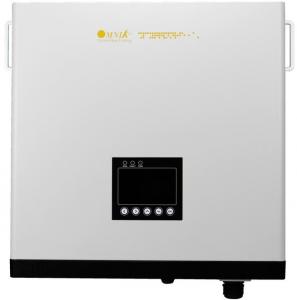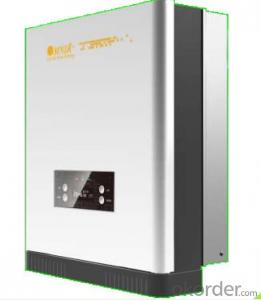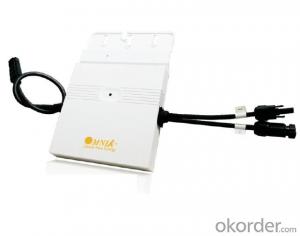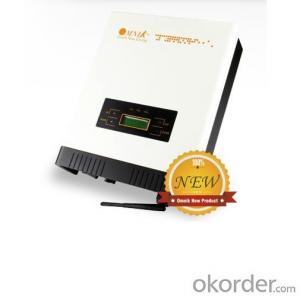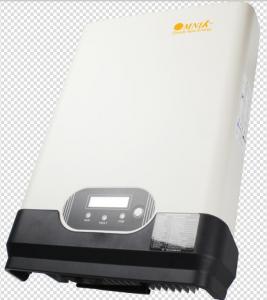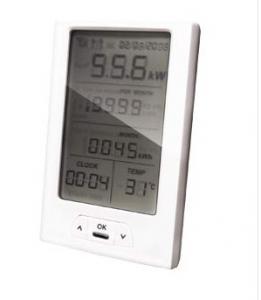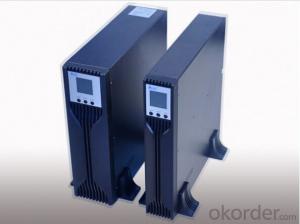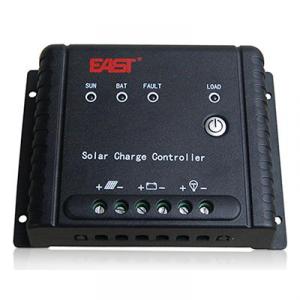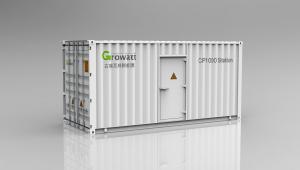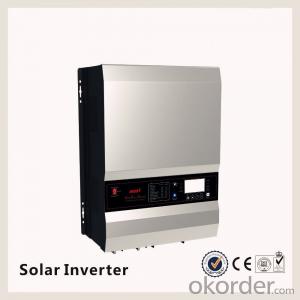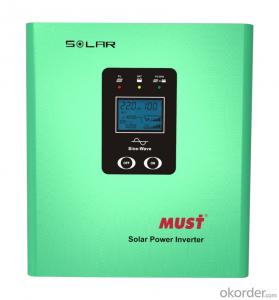Omniksol M248
Omniksol M248 Related Searches
Fault Light On Solar Inverter Best On Grid Solar Inverter Best Solar On Grid Inverter On Grid Solar System Inverter Best Grid Tie Solar Inverter Best Off-Grid Solar Inverter On Grid Solar Power Inverter Grid Tie Inverter Solar Panel Used Solar Inverter Solar Inverter CoverHot Searches
Solar Inverter On Grid Price Grid Tie Solar Inverter Price Solar Grid Tie Inverter Price Solar Grid Inverter Price Inverter Price Solar Solar Inverter Sale Lahore Solar Inverter Best Company Solar Inverter Best Brands Solar Inverter Cover Stratco Solar Inverter On/Off Grid Solar Inverter Research Paper Solar Inverter Manufacturer Solar Inverter Set Solar Inverter Fire Risk Top Solar Inverter Companies Solar Inverter Supplier Solar Edge Inverter Sizes Growatt Solar Inverter Prices Solar Inverter On Grid Price Grid Tie Solar Inverter PriceOmniksol M248 Supplier & Manufacturer from China
Okorder.com is a professional Omniksol M248 supplier & manufacturer, offers integrated one-stop services including real-time quoting and online cargo tracking. We are funded by CNBM Group, a Fortune 500 enterprise and the largest Omniksol M248 firm in China.Hot Products
FAQ
- A grid-tied solar inverter converts the direct current (DC) electricity generated by solar panels into alternating current (AC) electricity that can be fed into the electrical grid. It synchronizes the solar panel's electricity with the utility grid's electricity, allowing the excess power to be sent back to the grid or drawing power from the grid when the solar panels are not producing enough. The inverter also ensures the safety and reliability of the system by monitoring the grid's voltage and frequency, and disconnecting in case of grid failure to protect workers and prevent damage to the system.
- Power factor correction can greatly improve the performance of a solar inverter by ensuring that the power drawn from the grid is utilized efficiently. By correcting the power factor, the inverter reduces the reactive power component and increases the power factor closer to unity. This reduction in reactive power results in a more efficient utilization of the available power, leading to increased energy conversion efficiency and reduced losses in the inverter. Additionally, power factor correction helps in complying with grid regulations and prevents penalties or restrictions imposed by utility companies.
- Yes, a solar inverter can be used in systems with different module voltages. Inverters are designed to convert the DC power generated by solar panels into AC power that can be used in homes or businesses. They typically have a wide range of input voltage tolerance, allowing them to accommodate different module voltages. However, it is important to ensure that the inverter is compatible with the specific voltage range of the solar panels to ensure optimal performance and safety.
- The role of a display or user interface in a solar inverter is to provide a means for users to monitor and interact with the inverter's functionalities and data. It allows users to view real-time information about the solar power generation, system status, and any potential issues or errors. Furthermore, the user interface enables users to adjust settings, configure preferences, and troubleshoot problems if needed. Overall, the display or user interface enhances the usability and control of the solar inverter for users.
- The role of a solar inverter in a solar-powered ventilation system is to convert the direct current (DC) electricity produced by the solar panels into alternating current (AC) electricity that can be used to power the ventilation system. The inverter ensures that the electricity generated by the solar panels is compatible with the electrical requirements of the ventilation system, enabling it to operate efficiently and effectively.
- The maximum input voltage for a solar inverter depends on the specific model and manufacturer. It can vary, but generally, solar inverters can handle input voltages ranging from 300 to 1000 volts.
- The role of a solar inverter in a residential system is to convert the direct current (DC) electricity produced by solar panels into alternating current (AC) electricity that can be used to power household appliances and be fed back into the grid if there is excess energy. Additionally, the inverter ensures the efficiency and safety of the system by monitoring and regulating the flow of electricity.
